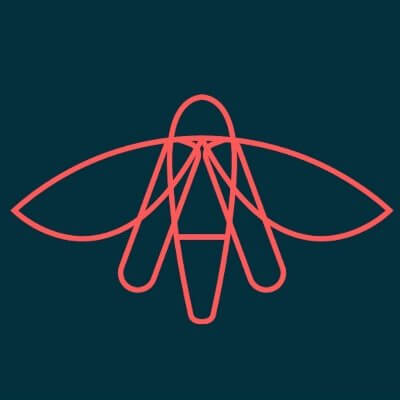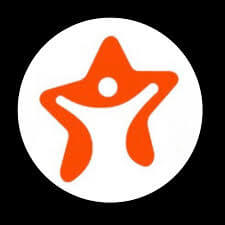What Are 3D Medical Animation Services and How Do They Work?
In the fast-paced world of healthcare, communication is everything. Whether it's explaining a complex surgical procedure to a patient or pitching a new medical device to investors, clarity and understanding are crucial.
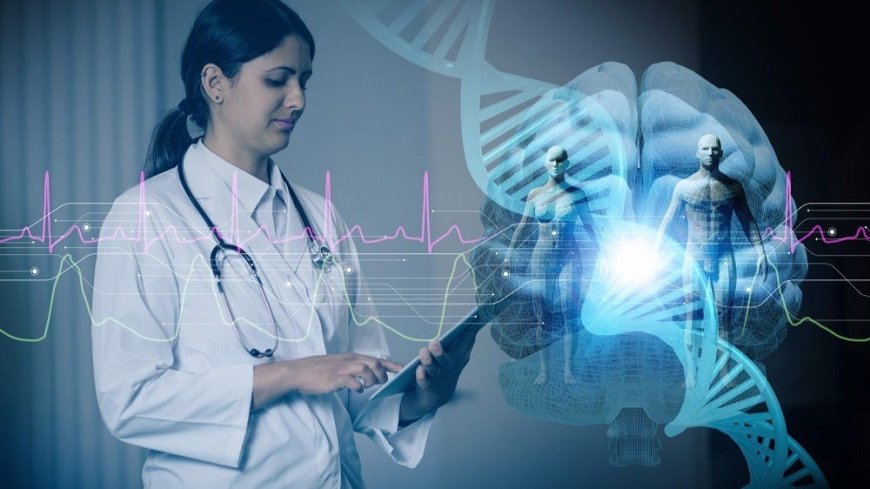
In the fast-paced world of healthcare, communication is everything. Whether it's explaining a complex surgical procedure to a patient or pitching a new medical device to investors, clarity and understanding are crucial. This is where 3D medical animation services come into play—transforming intricate medical concepts into engaging, easy-to-understand visuals.
What Are 3D Medical Animation Services?
3D medical animation services involve the creation of high-quality, three-dimensional visual content that illustrates medical processes, anatomy, devices, or treatments. These animations are scientifically accurate, artistically designed, and often paired with narration or interactive elements to guide the viewer through complex subject matter.
They are widely used by:
-
Hospitals and healthcare providers
-
Pharmaceutical companies
-
Medical device manufacturers
-
Biotech firms
-
Educational institutions
Whether it’s visualizing how a drug interacts at a cellular level or demonstrating the steps of a minimally invasive surgery, 3D animation brings science to life.
How Do They Work?
The creation of a 3D medical animation typically follows a strategic, multi-phase process:
1. Discovery & Research
It all starts with understanding the client’s goals. A team of medical experts, animators, and scriptwriters collaborate to gather relevant information, including scientific research, medical imagery, and target audience insights.
2. Scriptwriting & Storyboarding
Once the key message is defined, a script is developed—often with voiceover in mind. A storyboard then visualizes the animation scene-by-scene, mapping out the flow and structure of the video.
3. 3D Modeling
Using specialized software, animators create 3D models of organs, cells, devices, or systems. Accuracy is critical, so models are often based on actual anatomical data or imaging (like CT scans or MRIs).
4. Animation & Texturing
This is where the magic happens. Models are brought to life with movement, lighting, shading, and textures. Animators simulate real biological processes such as blood flow, molecular binding, or surgical techniques.
5. Voiceover & Sound Design
To enhance understanding and engagement, a professional voiceover is added. Background music and sound effects may also be incorporated to complete the experience.
6. Review & Delivery
After rounds of feedback and revisions, the final animation is delivered in the desired format—ready to be used in presentations, training materials, websites, or conferences.
Why Are They So Effective?
-
Improved Understanding – Visuals can break down dense scientific topics better than text or static images.
-
Patient Education – Helps patients comprehend procedures, conditions, and treatments, reducing anxiety and improving decision-making.
-
Training & Learning – Medical students and professionals can benefit from highly detailed visualizations not always possible in traditional settings.
-
Marketing & Sales – Pharmaceutical and medical device companies use animation to clearly communicate the value of their innovations to investors and healthcare providers.
Applications of 3D Medical Animation
-
Pharmaceutical mode-of-action videos
-
Surgical procedure walkthroughs
-
Anatomy tutorials for education
-
Medical device demonstrations
-
Biotech product visualizations
-
Patient information videos
Final Thoughts
3D medical animation services are reshaping how we communicate in healthcare. By blending science with art and technology, these animations enable deeper understanding, stronger engagement, and better decision-making across the medical field. As medicine continues to evolve, so too will the tools we use to explain it—and 3D animation is leading the charge.









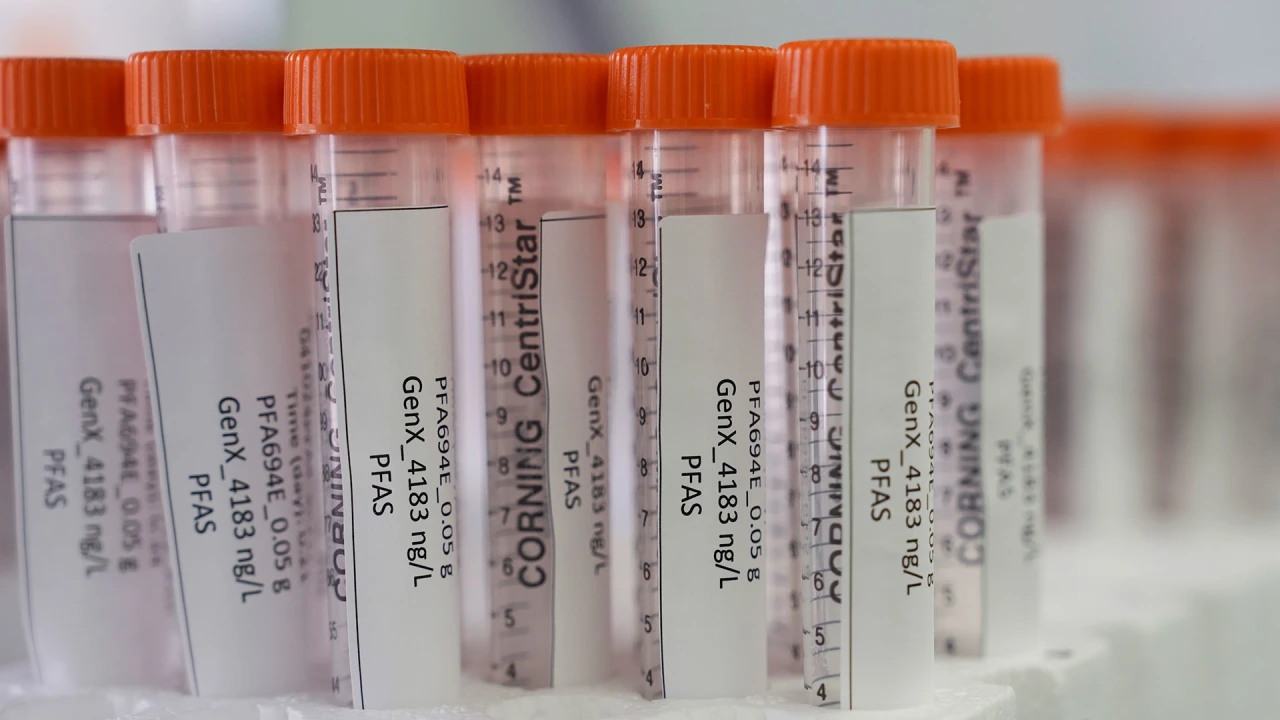
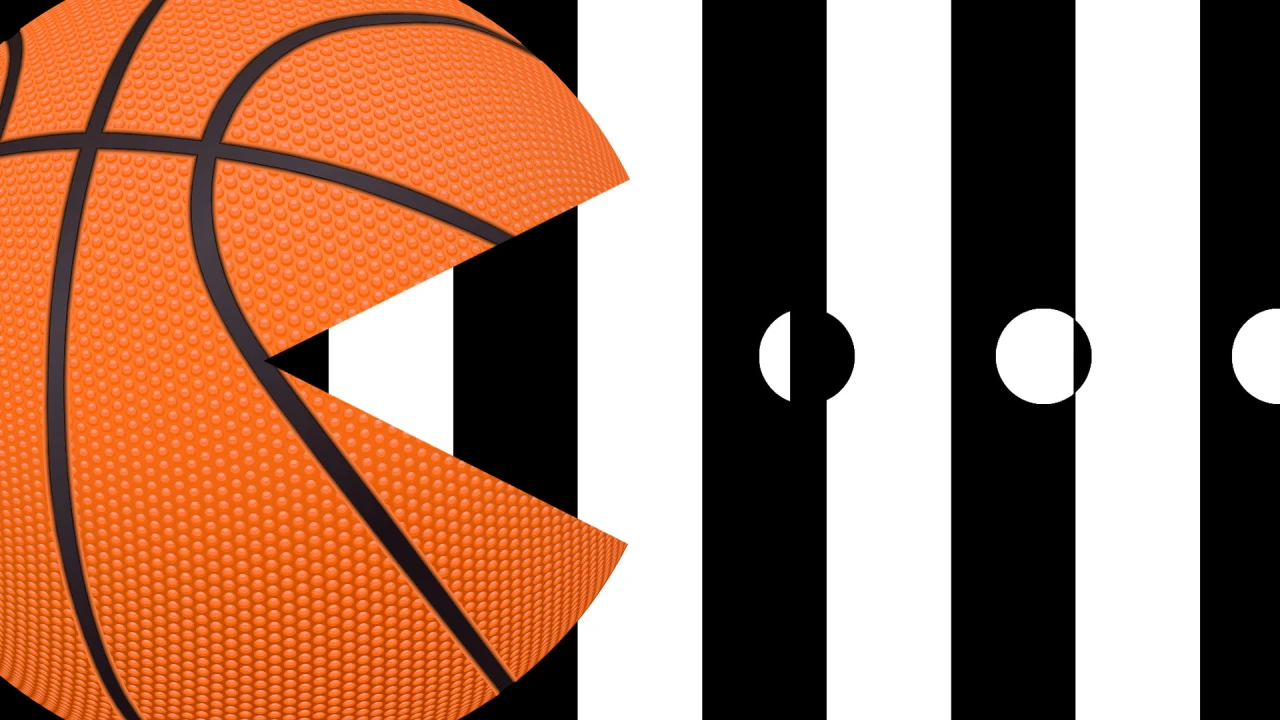












































































































![Are AI Chatbots Replacing Search Engines? AI vs Google [New Research]](https://www.orbitmedia.com/wp-content/uploads/2025/05/How-often-are-we-using-AI-chatbots_.webp)











